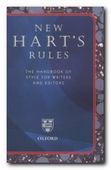sample from HTML program and PDF book
1. Checking drafts takes place when you have produced the first version of an essay. You should be prepared to check through it carefully. Make any changes necessary to improve the clarity and effectiveness of what you have written.
2. Do not be tempted to hand in the essay just because you have written the last word.
3. You should eliminate any weaknesses. Check your punctuation and grammar.
4. Correct any mistakes, and even rearrange the order of your paragraphs if it will improve the quality and coherence of your argument.
5. Eliminate anything which is not strictly relevant to the question topic(s) you have been asked to deal with.
6. Use the list of suggestions which follow to check that you have covered what is required.
7. Try to avoid thinking of the first draft as the finished essay, no matter how much effort you have put into its production.
8. Regard it instead as the raw material from which a more considered and well-crafted second draft will be produced. You should be prepared for extensive re-writing.
9. When word-processing your work, edit the final draft on screen.
10. Eliminate all errors and add all your corrections before printing out the final draft.
Checklist
- Write out the question accurately and fully at the head of your draft
- Answer its specific directions and follow any instructions in the rubric
- Cover all the main aspects of the question topic(s) concerned
- Answer in a concise, clear, and logical manner
- Remain strictly relevant to the question throughout
- Stay within any given word limit required
- Move smoothly from one point of argument to the next
- Provide good illustrative examples and evidence to support your claims
- Acknowledge your sources and supply either endnotes or footnotes
- Provide a bibliography
© Roy Johnson 2003
Buy Writing Essays — eBook in PDF format
Buy Writing Essays 3.0 — eBook in HTML format
More on writing essays
More on How-To
More on writing skills
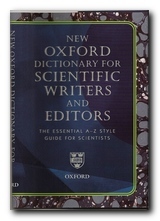
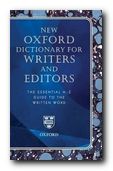
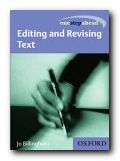
 This discussion first took place on the WRICOM (Writing and Computers) mailing list, which is hosted by Mailbase (UK). Note that these are personal opinions, exchanged in the casual manner of email messaging. The language and style are deliberately informal. There is no guarantee that the email addresses of individual contributors will be up to date.
This discussion first took place on the WRICOM (Writing and Computers) mailing list, which is hosted by Mailbase (UK). Note that these are personal opinions, exchanged in the casual manner of email messaging. The language and style are deliberately informal. There is no guarantee that the email addresses of individual contributors will be up to date.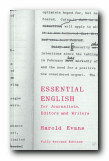
 Microsoft’s Manual of Style illustrates the company’s rules for both print and screen writing, as well as their requirements for visual presentation and language use.
Microsoft’s Manual of Style illustrates the company’s rules for both print and screen writing, as well as their requirements for visual presentation and language use.